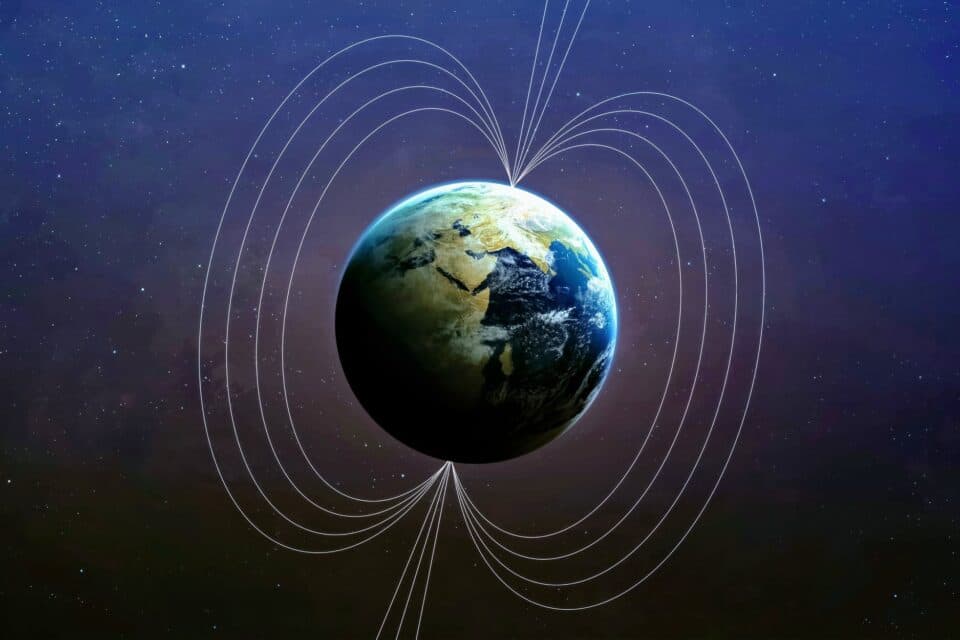Life on our planet is made possible by the magnetic field, which is why it is important to learn about it as much as possible.
What is the main difference between Earth and Mars? The fact that Mars does not have a global magnetic field like our planet that protects it from cosmic events such as the solar wind – scientists are right They are mostly of the same opinionthat Mars once had one.
You see, this “invisible shield” surrounding our planet is essential to protecting fragile life on Earth, and if life ever existed on Mars, it would have been made possible by the Red Planet's ancient magnetic field. So it doesn't hurt to know as much as possible about this field – for example, we already know that our planet's magnetic field is not constant: Earth's magnetic field is affected by the solar wind, which presses on the magnetosphere more strongly during periods of solar activity. Traditional models assume that these changes explain the differences in magnetic fields that we observe on the Earth's surface and in space. However, new research suggests that there is more to it than that, especially regarding the differences between the north and south poles of magnetic fields. Writes IFLScience.
The researchers collected data between 2014 and 2020, a period when geomagnetic conditions were mostly moderate, specifically to reduce the impact of space weather on observations. However, although these conditions were relatively stable, significant differences were observed between the magnetic fields of the polar regions. This was new because it had traditionally been assumed that the Earth's magnetic field was approximately the same at the north and south poles.
The researchers used Swarm satellites to collect data on currents in the ionosphere and magnetosphere. These satellites move in polar orbit, which means they collect a lot of data about the corners of the Earth. There's just one problem: this distribution of data can lead to sampling bias, since relatively less data is available from the rest of the Earth. If we combine this data into a model that gives a simplified view of the Earth's magnetic field, the model's results may differ from reality.
All this leads to the fact that these simplified models usually do not take into account the asymmetry of the Earth's magnetic field.
According to Professor Mark Muldwyn, understanding these distortions also has practical benefits: it allows us to better model the Earth's magnetic field, which can improve satellite navigation and aviation systems. In addition, for some reason, the polar magnetic field has undergone a rapid change in the past decade – a phenomenon that scientists have yet to explain. As Muldwyn added:
“This increases the complexity of creating accurate models of the magnetic field.”
(Image: Earth.com)












































